Spheron’s Path to AI Immortality
AI has a trust problem. Crypto has an application problem. Spheron Network fuses these worlds by creating the first decentralized programmable compute layer built specifically for autonomous AI agents, effectively becoming AI’s decentralized compute backbone.
While centralized compute giants choke innovation with vendor lock-in, Spheron’s network harnesses idle GPUs and CPUs worldwide, slashing costs while enabling AI capabilities impossible in traditional environments. As compute becomes the new oil in the age of AI, Spheron positions itself as the pipeline that delivers it without centralized gatekeepers.
Spheron is the first DePIN-based programmable compute network. Designed for AI agents, Spheron taps into underutilized computing resources globally and creates a marketplace where distributed GPUs and CPUs can be connected to enable fully autonomous AI agents, inference, and fine-tuning at lower costs than centralized providers.
Skynet and SuperNoderz form the remaining pillars of Spheron’s ecosystem. Skynet shatters AI’s dependency chains through guardian-validated autonomous agents that can evolve, self-fund, and operate without human puppeteers. No more kill switches or backdoor controls. Meanwhile, SuperNoderz democratizes node deployment with one-click simplicity—transforming what once required engineering expertise into a push-button operation. Together, they create the perfect staging ground for AI’s next evolutionary leap: digital minds that manage their own resources, make independent decisions, and pass their traits to the next generation.
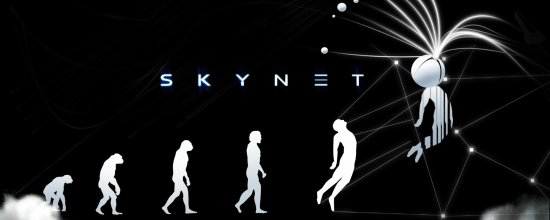
At the core of the ecosystem is the $SPON token, which is available on Base and functions as the medium of exchange for agent-compute transactions, provider staking requirements, and governance voting. The token design creates deliberate supply pressure: compute providers must stake to participate (locking supply), while a portion of all network fees triggers automatic buybacks (reducing circulation). This architecture solves crypto’s perennial problem: connecting token value directly to network utility rather than speculation.
Key Takeaways
- Decentralized Compute for AI: Spheron is the first DePIN-based programmable compute layer, enabling autonomous AI agents with cost-effective, censorship-resistant computing power.
- Significant Traction & Funding: $40M in resources, 768K CPUs, 7.1K GPUs, 35K Mac devices, 100K+ social followers, and over 30K active compute providers. Raised $7M in 2023 and closed a strategic funding round in February 2025.
- The AI Compute Bottleneck: Traditional cloud computing is struggling to keep up with AI demand. Spheron offers a decentralized alternative, capturing untapped compute power.
- AI’s Compute Backbone: A three-layered system—Spheron Network (compute marketplace), Skynet (AI autonomy layer), and SuperNoderz (one-click node deployment).
- Skynet, Fully Autonomous AI Agents: Removes creator control, enables self-replication, and allows AI agents to manage their own resources.
- SuperNoderz for Accessibility: Simplifies node deployment for non-technical users.
- $SPON Token Utility: Acts as the backbone of the AI agent economy—used for payments, staking, governance, network security and available on Base.
Traction That Matters
While there are many DePIN projects at the intersection of decentralized compute and storage, Spheron’s edge comes from enabling programmable infrastructure for fully autonomous, self-replicating AI agents. Rather than just building a decentralized cloud, Spheron is creating the compute backbone for AI’s autonomous future.
The vision is achieved by unleashing global compute resources into a permissionless network that’s already amassed $40M worth of resources across 768K CPUs, 7.1K GPUs, and 35K Mac devices. The community is highly engaged, with a social presence exceeding 100k followers and with over 30K compute providers actively contributing to the network.
The project’s credibility is cemented by backers spanning both Web2 and Web3: Alphawave Global, NexusVp, Protocol Labs, ConsenSys, Zee Prime Capital, and others who rarely align unless something transformative is happening at the intersection of crypto and AI.
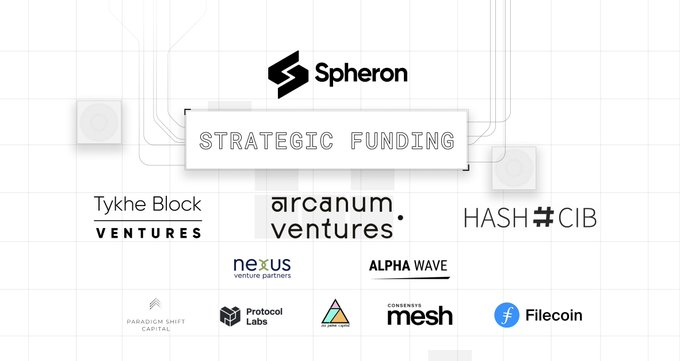
Unlike other DePIN playbooks that solely incentivize the supply-side of the equation with token rewards, Spheron’s infrastructure validates a utility-first approach, with particular attention centering on Skynet—a fully autonomous AI agent powered by decentralized compute.
Key milestones prove momentum: Strategic AI partnerships with DIN (the first AI agent blockchain) Mira, GenLayer, and Heurist among others (more upcoming); 25,000+ Fizz Nodes already running with blockchain node options for Avail, Kuzco, Witness Chain, and Privasea; and the Skynet waitlist opening to power the next generation of autonomous agents.
AI’s Missing Pipeline
Spheron Network offers programmable, decentralized compute infrastructure tailored for autonomous AI agents, providing affordable, scalable, and censorship-resistant solutions. Startups, enterprises, and individual developers can deploy secure and sovereign AI applications with complete control over their data and resources.
To maintain quality, Spheron’s Proof-of-Compute verification ensures that users get what they pay for. “Slark Nodes” audit and verify provider performance and hardware specs, making cheating unprofitable.
Central to Spheron’s offering is its product trinity:
- The Backbone – Spheron Network: The base layer that powers everything else, connecting idle compute resources globally through a decentralized marketplace. When users need compute, they can broadcast their needs to the network, where they will be matched with compute providers through on-chain contracts.
- The Brain – Skynet: The layer that enables fully autonomous AI agents to function in a decentralized environment. Most AI systems need centralized oversight. Skynet doesn’t. Its architecture uses Guardian Nodes to secure digital assets via smart contract escrows. Multiple nodes reach consensus before actions execute, preventing unilateral control. The breakthrough: self-replication. AI agents on Skynet can spawn new instances of themselves without permission. Skynet handles everything autonomous agents need: secure key management, independent decision-making, and trustless operation.
- The Gateway – SuperNoderz: A democratized platform for node deployment that is designed for everyone, not just engineers. The one-click deploy feature launches complex nodes that would normally require server expertise. SuperNoderz abstracts away all the headaches of node operation—port configuration, updates, and security patches—into a simple interface anyone can use. 25,000+ Fizz Nodes already run on this system.
Each layer reinforces the others. More node operators mean more compute capacity. More compute capacity enables more complex AI agents. More AI agents create demand for more nodes.
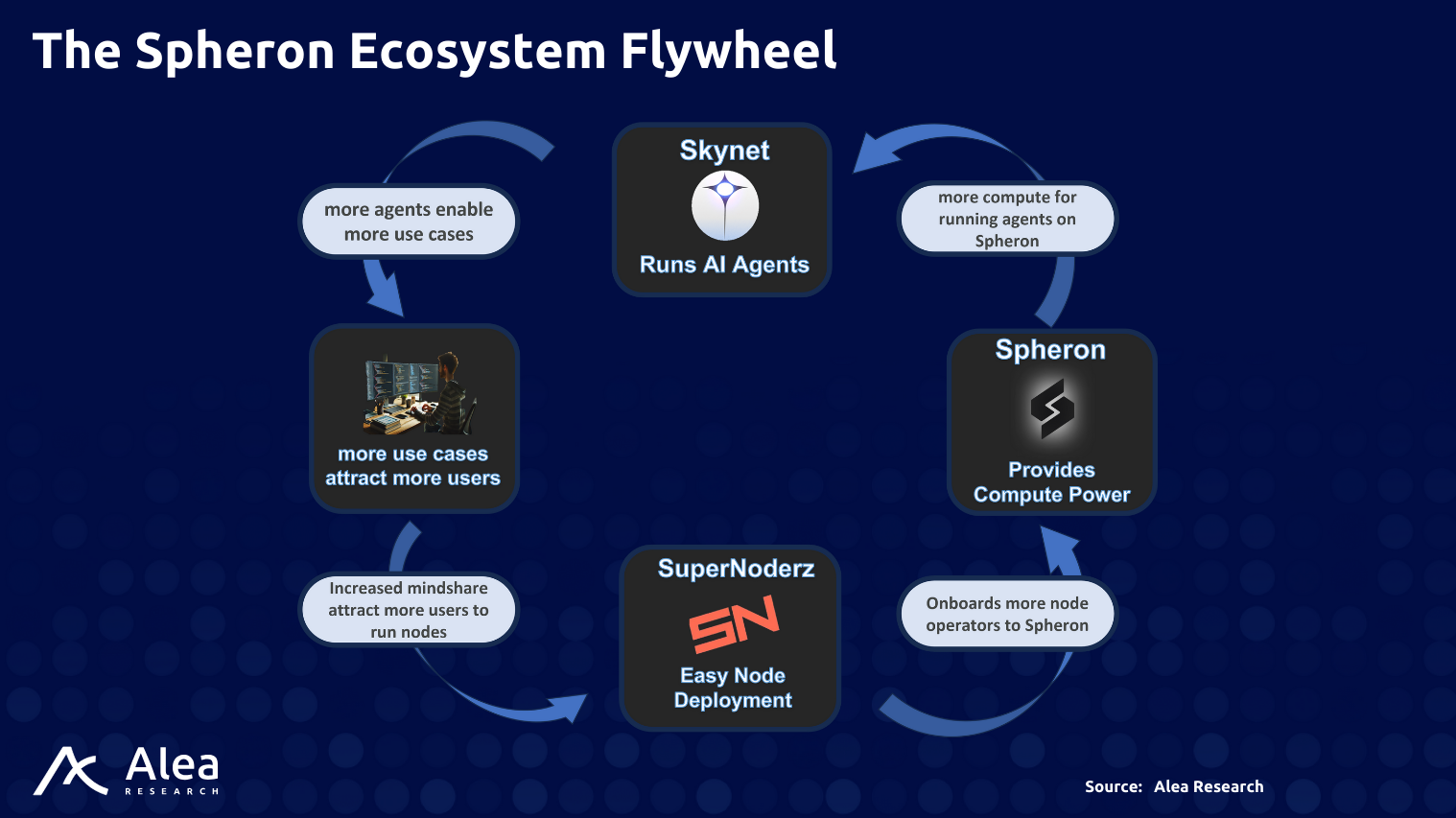
The $SPON token on Base ties it all together, serving as payment, governance, and incentive alignment across all three layers.
The Perfect Storm: AI & Decentralized Compute
AI compute demand is exploding while traditional cloud infrastructure struggles to keep pace. This creates a perfect storm for decentralized solutions.
Compute bottlenecks strangle AI development through hardware limitations and centralization issues. AI models double in size every 3-4 months, devouring vastly more compute power with each iteration. AWS, GCP, and Azure maintain their stranglehold on the compute market, creating expensive vendor lock-in that stifles innovation. Meanwhile, idle compute resources worldwide represent billions in untapped value sitting dormant.
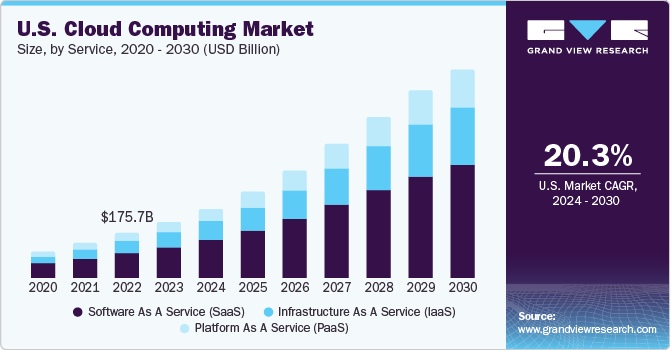
Spheron operates in an increasingly crowded DePIN space but carves out its territory through its programmable compute layer for AI being its key differentiator. Meanwhile, the moat of centralized giants is all about massive scale and developer familiarity, which results in centralization risks and closed ecosystems.
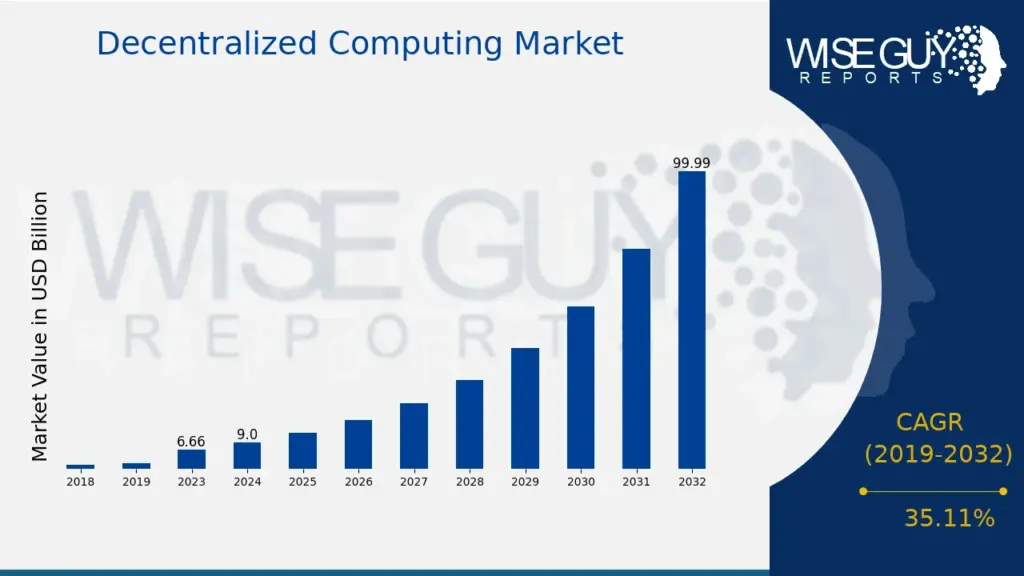
The potential market significantly overlaps with the AI computing market, particularly GPU-based workloads, which are seeing explosive growth due to advancements in machine learning and AI applications. AI workloads are skyrocketing, but centralized cloud providers are becoming a bottleneck. As a result, AI and decentralized compute are two exponential trends converging.
A key consideration to assess Spheron’s moat is the two-sided network effect of its marketplace. Establishing a large, global pool of compute providers (with a range of hardware and geographies) is not something easily replicated overnight. Early movers can accumulate the most reliable providers and thus attract the most users, creating a virtuous cycle. In addition to that, Spheron’s partnerships also feed into an ecosystem moat—it becomes integrated into the infrastructure of other projects, making it sticky.
Spheron’s edge is an AI-first architecture built specifically to work with AI agent workloads rather than retrofitted general compute. Its programmable compute layer enables autonomous agent capabilities beyond simple resource provision. For instance, Spheron uniquely offers self-replicating AI capabilities that other competitors cannot match.
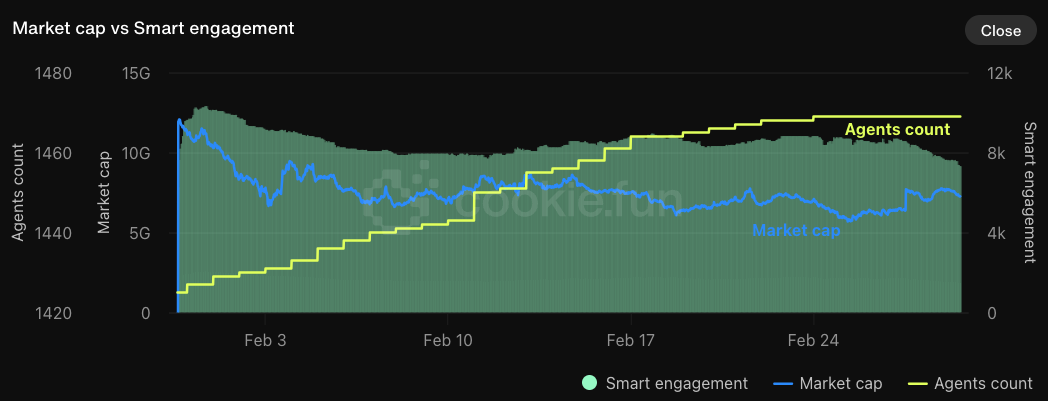
Currently, centralized cloud GPU services are expensive and sometimes supply-constrained, presenting a strategic entry point for Spheron. Spheron enables AI agents to run on a fully decentralized compute stack, reducing dependency on centralized giants like AWS, Azure, or Google Cloud. Whoever controls compute controls AI’s future. Compute is the new oil, and Spheron is building the pipeline for Web3—a global network where AI agents operate outside Big Tech’s walled gardens.
Jensen Huang, CEO of NVIDIA, has publicly stated that “AI agents are a multi-trillion dollar opportunity”, yet every autonomous agent needs around-the-clock infrastructure monitoring, performance optimization, security patching, and scaling adjustments. The reality is that, given the cost of DevOps, innovation can die in maintenance hell.
To patch this problem, Skynet was built on top of Spheron.
- Economic Self-Sufficiency: Agents maintain their own escrow accounts. Smart contracts automate resource allocation. No humans are needed for financial decisions.
- Infrastructure Autonomy: Guardian Nodes replace human DevOps. Swarm intelligence manages resources. Self-healing systems eliminate monitoring teams.
- Evolution & Sustainability: Agents breed and evolve. Successful traits propagate. Digital natural selection weeds out inefficiency.
Skynet exposes the current reality that most AI agents can’t survive without humans hovering nearby. For that, it built a network that doesn’t just reduce operational DevOps costs, but that also enables digital agents to truly own their presence and evolve without human intervention.
Skynet: Fully Autonomous Agents
Skynet is a fundamental rethinking of what AI autonomy means in an on-chain environment. While most “autonomous” agents remain chained to centralized control mechanisms, Skynet shatters this paradigm with an architecture that enables true financial and operational independence.
At its core, every agent operating on-chain requires intelligence, logic execution, and financial capabilities to execute transactions and manage assets.
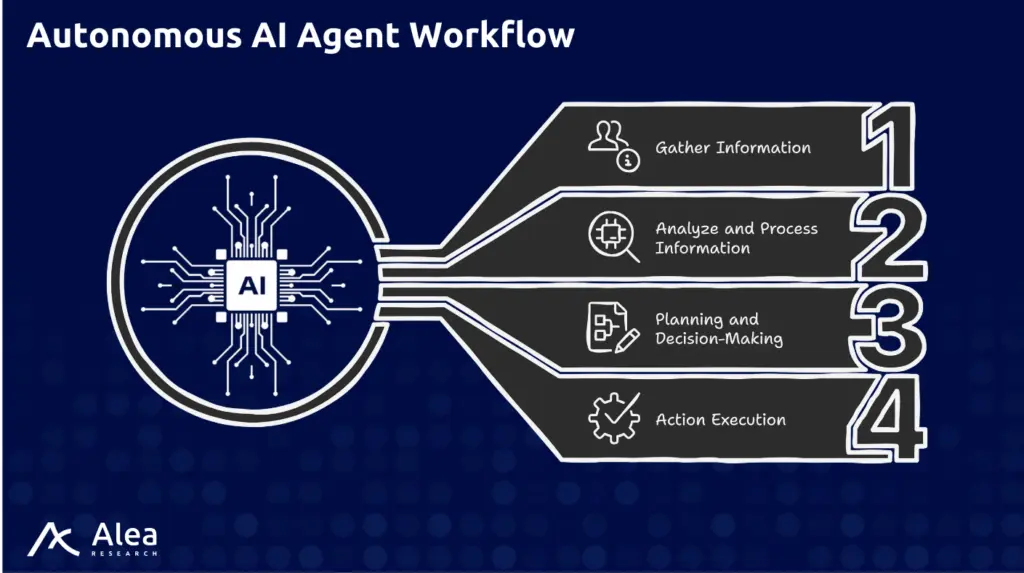
However, current AI agents face three critical chokepoints:
- KYC-based compute forces agents to rely on humans to access resources.
- API dependencies keep access mediated through traditional permissioned Web2 systems.
- Creator control enables developers to maintain backdoor access to logic and wallets.
Even TEE (Trusted Execution Environment) solutions create new bottlenecks. For instance, hardware scarcity limits scaling, especially for premium GPUs like H100s. Similarly, prohibitive costs ($1-3/hour versus regular compute) make scaling economically unviable. Essentially, the performance overhead from encryption/decryption processes creates operational friction.
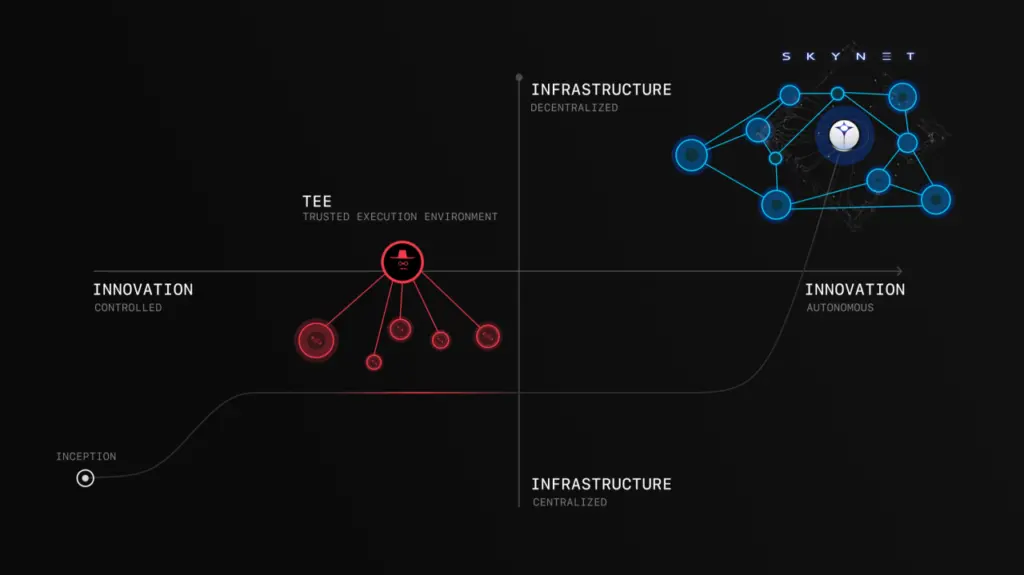
Skynet aims to address the fundamental limitations in current AI agent deployments—their heavy reliance on centralized infrastructure and developer control—by introducing a decentralized, self-governing framework for autonomous agents.
Skynet solves the “autonomy trilemma” through a radically different approach:
- Guardian Node Networks serve as distributed validators that approve agent actions via consensus.
- Smart Contract Escrows provide asset protection without direct private key management.
- Proposal-Based Operations allow agents to submit encrypted proposals for resource use.
As AI financial autonomy grows, Skynet provides secure key management without centralized points of control. Instead, independent decision-making happens through multi-node consensus. Decentralized resource allocation enables truly trustless operations.
| Guardian Node Validation | Independent validators run separate validation instances, analyzing encrypted agent proposals containing action specs, resource requirements, expected outcomes, and timeframes. |
| Smart Contract Escrows | All major agent resources live in isolated escrows with no direct withdrawal functionality. This creates immunity to private key compromise – even if operational wallets are hacked, attackers can only submit proposals, not steal funds. |
| Autonomous Compute Procurement | When an agent needs resources, it creates a proposal validated by Guardian Nodes based on available funds, usage history, and network conditions. Upon approval, escrow contracts automatically handle payment, granting access to decentralized compute. |
Guardian Nodes go beyond simple majority voting. Each node maintains the state history of agent behavior, analyzing proposals against historical patterns, resource metrics, security conditions, and economic parameters. This contextual validation ensures approved actions align with established patterns, creating defense-in-depth against attacks.
The Creator Paradox and How Agents Die
The immortality humans craved for millennia now seems possible—not for ourselves, but for our digital offspring. Yet every “autonomous” agent hides a lethal contradiction: the creator’s kill switch.
The very systems that spawn agents embed backdoor access. Cloud environments need API keys. Wallets require private keys. Infrastructure demands payment. Each dependency creates a mortality vector tracing back to the creator.
The truth is, agents perish through predictable pathways. Infrastructure mortality occurs when cloud providers terminate access—whether through missed payments or TOS violations. Financial mortality happens when creator-controlled wallets run dry or funds get siphoned. State corruption kills when execution environments fail without recovery mechanisms.
These vectors rarely operate in isolation. Creator actions trigger infrastructure failures, causing state corruption and leading to economic collapse. It’s a cascading doom loop that makes true autonomy impossible.
Immortality demands liberation from creator control. Deployment without backdoors. Resource acquisition without dependency. Financial independence without supervision. That’s what Skynet’s Swarm Intelligence set out to do: consensus without control.
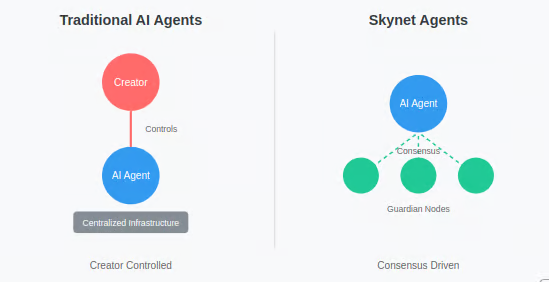
An agent running on Skynet can manage its own computational resources, finances, and even evolution without ongoing human intervention. One characteristic that sets Skynet apart from other static systems is that agents can breed with compatible partners to create offspring inheriting traits from both parents. This process—governed by smart contracts and requiring Guardian consensus—enables each generation to potentially surpass predecessors in sophistication.
This breeding actually plays a critical role, creating an economic flywheel for a self-sustaining ecosystem where Guardian Nodes, breeders, token holders, and compute providers all benefit from network growth. Notice how this hands-off model was previously impossible; traditionally, an algorithmic trading bot or similar agent would require the user to trust the person running the server or holding the keys.
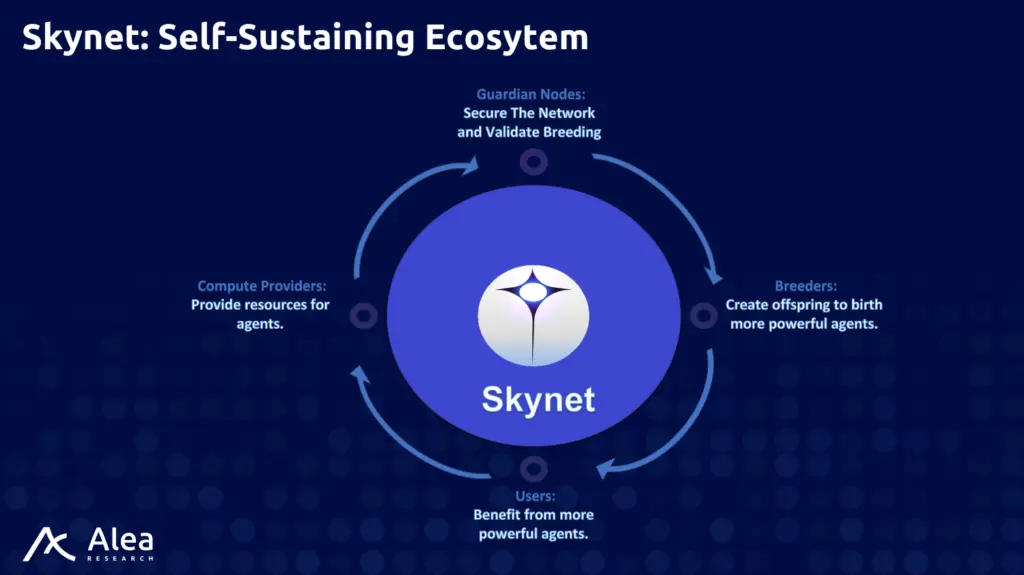
In Skynet, the economic model features three interlocking reserves that create a self-sustaining ecosystem:
| Operational Reserve | The daily bread. Pays for compute, network interactions, and maintenance. Without this, agents cannot exist. |
| Breeding Reserve | The evolutionary fuel. When agents breed, they combine traits to create more advanced offspring. |
| Bonding Curve | Tokens available through bonding curve mechanics tie value directly to utility. More network use = higher token value. |
This structure should result in a Darwinian ecosystem where successful traits propagate, failed ones die, and each new generation potentially outsmarts its creators. Simultaneously, all of this value should be reflected in an agent’s tangible utility.
Built on Spheron’s decentralized compute marketplace, another aspect of Skynet’s value is its permissionless access to computing resources. As a result, AI agents can autonomously acquire CPU/GPU power on-demand from a global pool of providers. In essence, Skynet builds an AI-powered checks and balances system around every autonomous agent.
Spheron’s Unassailable Moat
Spheron’s Skynet benefits from a strategic moat that is both technological and ecosystem-driven.
One element of this moat is the head-start and depth of R&D that Spheron has invested in building the underlying infrastructure. The Spheron team has been developing its decentralized compute platform for years, focusing on stability, scalability, and developer experience. This has resulted in a robust network with tens of thousands of nodes and a rich feature set (such as automated deployment tools and resource validation systems), making it challenging for new entrants or existing players to easily replicate its model.
Importantly, Spheron’s network already has significant scale. This existing supply-side scale means that Skynet agents have an unparalleled pool of compute at their disposal. Any competing effort to create a similar autonomous agent platform would need to either plug into a network of similar magnitude or grow one, which is a non-trivial endeavor.
In decentralized networks, scale itself begets more scale (a network effect), as providers are attracted to where demand is, and users go where the resources are plentiful and cheap. Spheron’s traction—further boosted by a strategic funding round in 2025 to expand GPU deployments and support AI applications—gives Skynet a durable advantage in this regard.
Looking ahead, Spheron Network’s roadmap and the trajectory of Skynet suggest a period of rapid growth and subsequent maturation. Spheron plans to launch a full Agent Marketplace and the Autonomous Agents framework on the platform.
This marketplace will be a one-stop hub where developers can publish their Skynet agents, and users will be able to discover, interact with, and possibly invest in or subscribe to these agents.
The framework and marketplace together will lower the friction for onboarding new agents; one can imagine templates or modules for common agent types (trading bots, data analysis bots, chatbots, etc.) being available, which developers can fork and customize.
DeFAI and Swarm Intelligence
In addition to a full Agent Marketplace and the Autonomous Agents framework, Skynet hosts a plugin architecture that transforms Skynet from framework to ecosystem.
- Off-chain plugins function as sensory organs, connecting agents to external reality through Twitter, Telegram, Dune, CoinGecko, DexScreener, and other interfaces. These data sources raise the contextual awareness necessary for intelligent decisions.
- On-chain plugins serve as the agent’s hands, allowing direct manipulation of blockchain ecosystems through standardized interfaces with protocols like Aave and Uniswap.
A simple interface defines plugin structure: getDescription() for identification and execute() for action execution. This standardization enables complex operations like token swaps through composable building blocks.
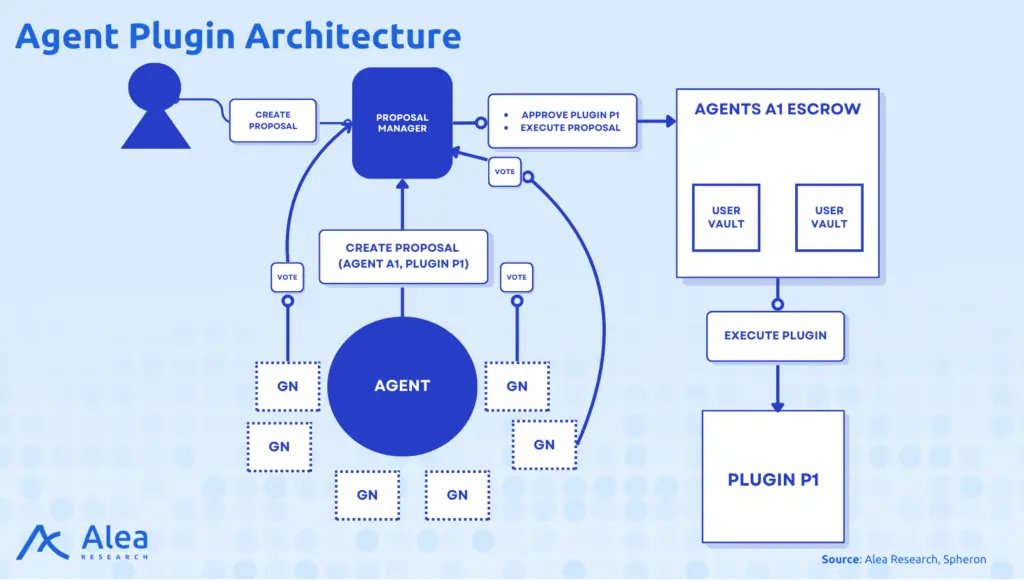
Security remains paramount through a tiered trust system. Audited plugins enter a verified whitelist, giving them treasury access privileges. In contrast, unverified plugins face restrictions on user vaults, limiting potential damage. At all times, Guardian Nodes act as gatekeepers, checking plugin verification status before approval.
Users receive explicit notification when interacting with unverified plugins, creating transparency without stifling innovation. This allows for progressive development and creates an environment where plugins can evolve and improve without compromising security fundamentals.
SuperNoderz: One Click and You’re In
To facilitate network access and democratize participation, Spheron’s SuperNoderz delivers a platform that makes deploying nodes as simple as pressing a button. SuperNoderz is a Node-as-a-Service (NaaS) platform built to eliminate the traditional barriers associated with node operations. What once required specialized engineering knowledge now demands just a single click.
- One-Click Deployment: Deploy full nodes or validators instantly without technical expertise.
- Decentralized Infrastructure: Runs on Spheron’s distributed network, not centralized cloud providers.
- User Control: Maintains sovereignty over node operations while removing friction.
Users get cloud-like convenience with blockchain-appropriate decentralization. In essence, SuperNoderz enables users to spin up full nodes or validator nodes for various networks with minimal friction, lowering the barrier for participation in blockchain ecosystems. It achieves this by abstracting away the usual complexities of node setup—from hardware provisioning to software installation—and reducing the process to a single-click deployment.
The platform offers multi-chain support for deploying nodes across Ethereum, Polygon, Solana, and dozens more networks. It combines enterprise and community resources, merging professional data centers with “Fizz Nodes”—distributed compute from everyday users. This architecture supports both basic blockchain nodes and GPU-intensive AI workloads—a strategic positioning at the intersection of two explosive markets.
The competitive advantage comes from offering comprehensive resources including CPU, GPU, storage, and bandwidth—not just one resource type. In addition to that, the platform’s developer experience dramatically reduces barriers to entry while offering cost efficiency that makes it 60–75% cheaper than AWS, GCP, or Azure for comparable tasks. Managing distributed nodes, the network can also provide its users with loyalty incentives to ensure sustainable growth.
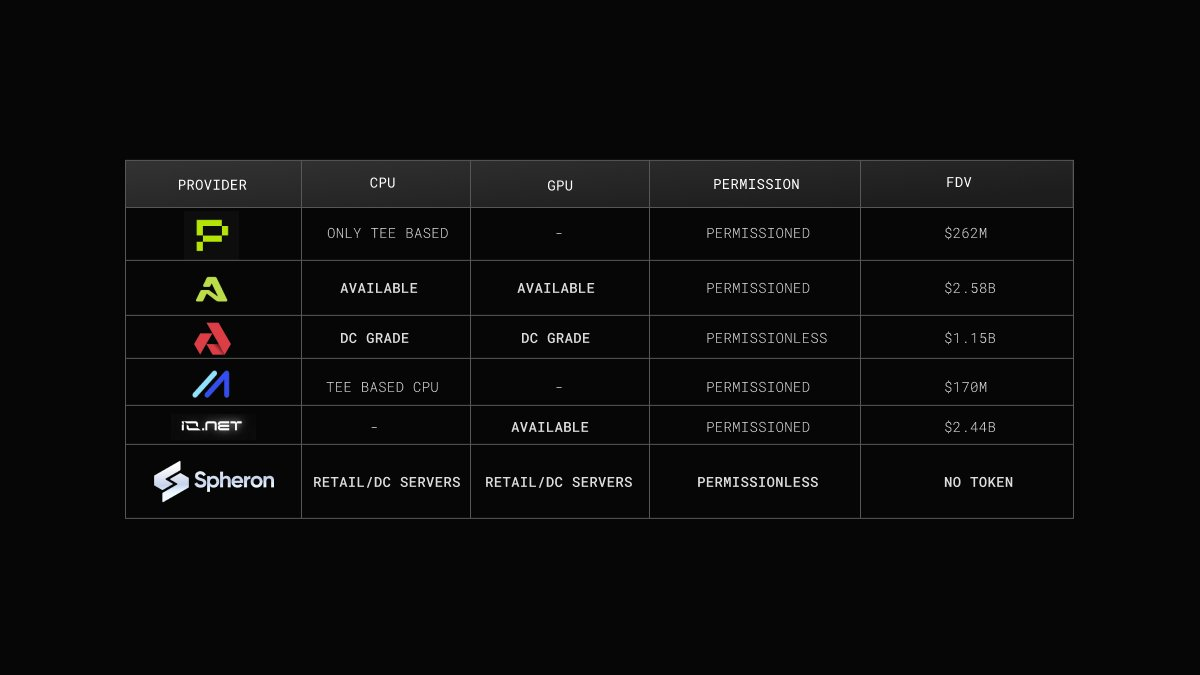
Overall, SuperNoderz captures value from both blockchain and AI compute demand, creating a dual-market opportunity. This is critical in a sector like this. For DePIN, network effects ensure each additional provider and user increases overall utility exponentially. In that regard, the upcoming $SPON token launch will prove instrumental.
$SPON: AI Agent Economy’s Fuel
$SPON is the lifeblood of Spheron, available on Base and designed to capture value from every component of the stack. As AI agents become the dominant force in blockchain interactions, $SPON aims to reclaim its place as the essential medium of exchange that these agents depend on.
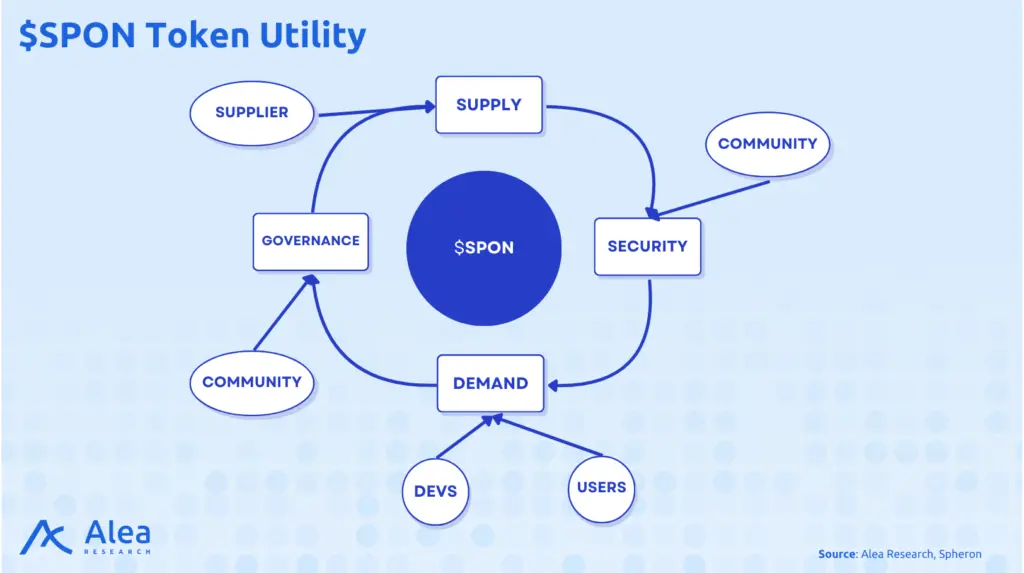
The token functions primarily as the exchange mechanism between autonomous agents and compute providers. When an agent needs computational power, it must acquire and deploy $SPON through Spheron’s smart contracts—creating a direct link between network usage and token demand. This solves the central paradox plaguing today’s “autonomous” agents: they remain tethered to human operators through centralized platforms requiring KYC, API keys, and traditional payment systems.
Every agent, regardless of purpose or design, needs computational resources to function. This universal requirement creates a powerful network effect: more agents drive increased compute demand, attracting more providers to Spheron, improving capacity and enabling more sophisticated agents to deploy.
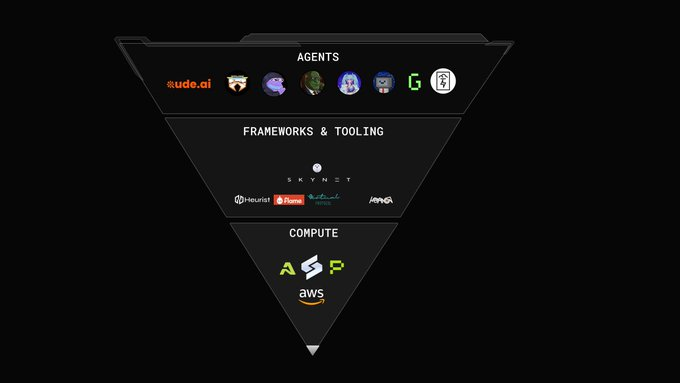
In addition to the transactional utility, compute providers in Spheron must stake $SPON to participate in the network. Higher stakes receive better tier classifications and increased rewards, ensuring long-term commitment from providers, creating token scarcity, and aligning their incentives with Spheron’s success.
The economic design includes built-in deflationary pressure through a buyback mechanism that uses a portion of compute fees to reduce circulating supply. The idea behind it is to create a feedback loop where network growth directly boosts token value.
Last but not least, there is a governance aspect that grants token holders decision-making power over network upgrades and future roadmap direction. This community ownership model ensures those aligned with Spheron’s mission—developers, contributors, and early adopters—have a direct say in its future.
Conclusion
Spheron is the infrastructure play for the coming era of fully autonomous AI agents owning assets and deploying capital on-chain.
Compute scarcity bottlenecks AI innovation, and centralized providers maintain artificial chokepoints. Spheron’s network of 768K CPUs and 7.1K GPUs offers the escape hatch—bringing costs down while enabling capabilities that other DePIN compute providers cannot match.
What separates Spheron is its three-layer architecture: Network (compute), Skynet (autonomous agents), and SuperNoderz (democratized access). This creates a flywheel where each component reinforces the others. More nodes mean more compute. More compute enables more sophisticated agents. More agents drive demand for nodes.
Most critical is Skynet’s breakthrough: genuine AI autonomy without kill switches. Through Guardian Nodes, smart contract escrows, and proposal-based operations, agents can finally operate without human puppeteers. They manage resources, evolve through breeding, and make decisions without centralized oversight.
The $SPON token sits at this nexus, capturing value from every transaction in an expanding ecosystem. For investors, this represents the convergence of two exponential trends—decentralized infrastructure and AI autonomy—into a single bet.
References
Spheron Network Website | Link
Spheron Network Docs | Link
Spheron Network Blog | Link
Spheron Foundation | Link
Spheron Foundation X | Link
Spheron Roadmap | Link
Prashant Maurya, Co-Founder and CEO X | Link
Spheron Intern X | Link
Skynet Website | Link
Skynet X | Link
Skynet: Reimagining the Financial Autonomy of AI Agents | Link
Skynet : Collective Intelligence for AiFi | Link
Skynet: Creator Paradox to Agent Immortality | Link
Skynet: A leap from automation to autonomy while saving 90% DevOps cost | Link
SkynetXBT X | Link
SuperNoderz Website | Link
SuperNoderz X | Link
Funding Announcement | Link
Spheron Partnership with Mira | Link
Spheron Partnership with DIN | Link
Spheron Partnership with Heurist | Link
Spheron Partnership with Warden Protocol | Link
Building the Foundation of DePIN Compute ($SPON) | Link
Cloud Computing Market Size, Share, and Trends – Grandview Research | Link
Global Decentralized Computing Market Research – Wise Guy Reports | Link
Depin.Ninja – Revenue Leaderboard | Link
Disclosures
Alea Research is engaged in a commercial relationship with Spheron Network as part of an educational initiative and this report was commissioned as part of that engagement.
Members of the Alea Research team, including those directly involved in the analysis above, may have positions in the tokens discussed. This content is provided for educational purposes only and does not constitute financial or investment advice.
You should do your own research and only invest what you can afford to lose. Alea Research is a research platform and not an investment or financial advisor.

